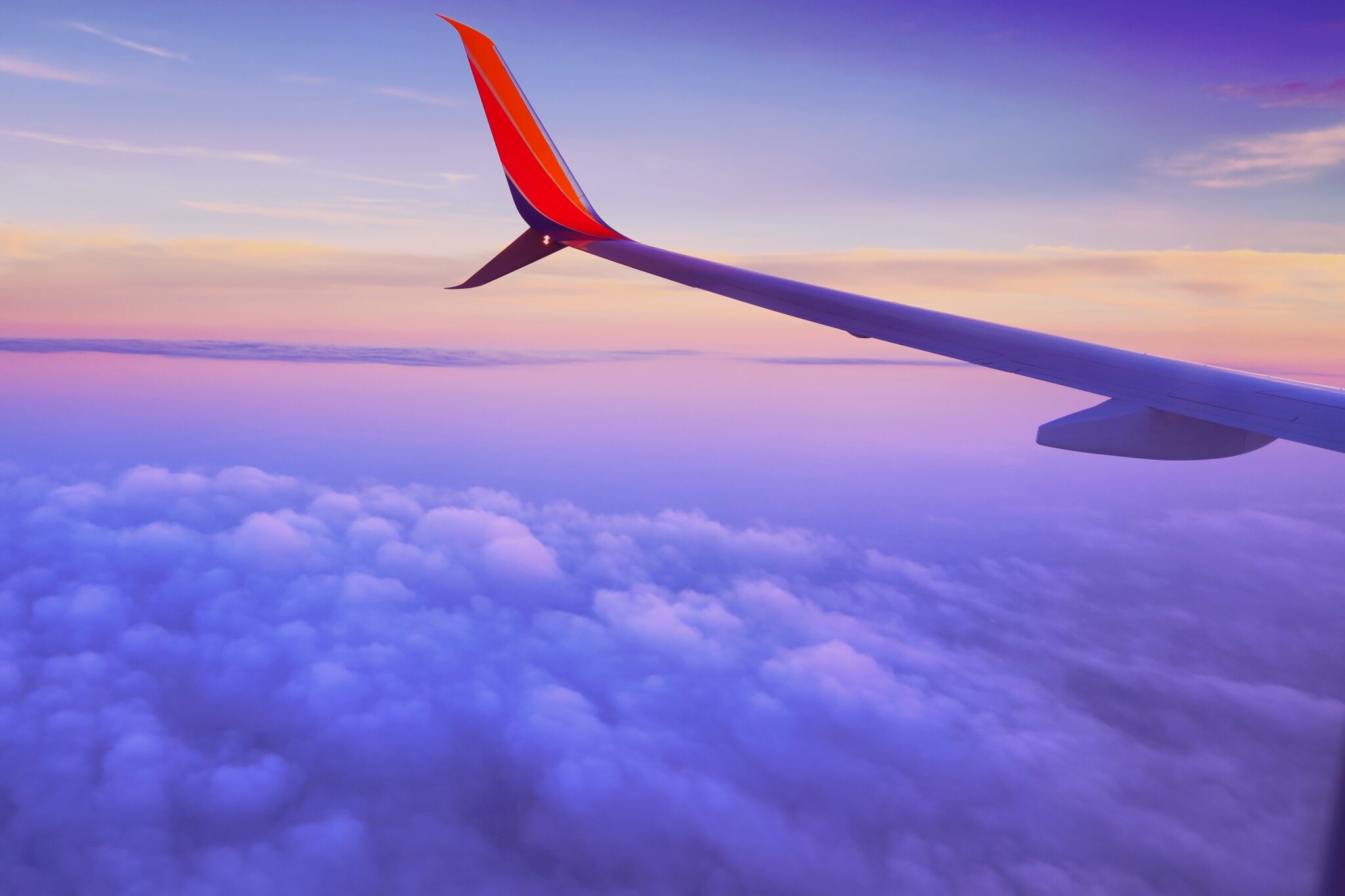Alpha, delta and now omicron, the coronavirus variants, are making news media headlines spurring new and renewed travel restrictions by governments and health authorities. The current omicron-triggered updated entry requirements for travel to the U.S. are creating other obstacles with dubious efficacy that are likely burdensome on travelers.
International travel is a daunting challenge when you have to time your COVID test appropriately: 24 hours, 48 hours or 72 hours before travel. Untangling requirements in any location is not an easy thing to do. It becomes more difficult in a foreign and unfamiliar country. Travel preparations must now include researching locations to receive COVID testing and managing the expected wait time for results into an already busy business or vacation schedule. If a traveler does not have results within the mandated schedule, they will not be allowed to board a scheduled flight, and they will need to restart the process which could mean another test and a new flight reservation. Depending on schedules and availability, that could mean extra time for lodging and a new scheduled travel itinerary.

Regardless of the efficacy of these additional reactive measures, global travel is still a worthy and often necessary endeavor. Before embarking on a trip this year, here are five “what if” scenarios travelers need to consider and be prepared for ahead of their trip.
1. What if I need a negative COVID-19 test to enter a country? Travelers should strongly consider obtaining a personal COVID-19 self-test kit that provides results in as little as 15 minutes and is acceptable for entry to their home country and countries on their travel and layover itinerary. These test kits are small enough to fit in carry-on luggage. But you’ll want to ensure these self-tests are compliant with current regulations. Travelers should still consider conventional testing in case regulations change during travel.
Acceptable self-tests for entry to the U.S. are antigen or nucleic acid amplification tests, have FDA and EUA approval and include a telehealth video call supervised by an authorized proctor who will issue a report confirming the results. For U.S.-bound travelers, a negative result from the Abbott BinaxNOW self-testing COVID-19 kit fulfills the U.S. government requirement for boarding a commercial aircraft. A video conference with a medical proctor will, of course, require the traveler to have internet access to fulfill the self-test requirement.

2. What if I can’t use or obtain a COVID-19 self-test? If a personal test kit isn’t acceptable or unavailable, travelers must know where testing facilities are located, whether reservations are needed and when the results will be available. Travelers must also plan transportation to the testing site on the required day. Hotels are usually familiar with this and may assist with transport requirements. This requirement could burn two of your travel days, so plan and prioritize this accordingly.
3. What if I get stuck at the airport due to sudden border closings? The arrival of the omicron variant led to border restrictions in dozens of countries and a total shutdown of all international travel in Japan and Morocco. If you get stuck at the airport due to a sudden border closing, you won’t be the only one. The closure will impact thousands of travelers. Travelers stranded during the COVID-related border closings in March of 2020 discovered it was much faster to change travel arrangements at the airport ticket counter than on the phone or online. If you have preferred customer status at the airline, ensure you have the dedicated international phone number associated with that program—this will be much faster than calling the usual phone number, but not likely as fast as going to the ticket counter.
The first thing to do is immediately contact your embassy and register if you haven’t already; if the embassy does not know you are in the country, they will not be able to book you on a scheduled repatriation flight. The days of returning from an international vacation one day and returning to work the next are over. Travelers should always have a contingency buffer of time planned in. Also, ensure not to back other important events against your planned travel days. If you’re a Global Rescue member, we can assist you with all of this and attempt to solve travel-related issues with you.
4. What if I test positive for COVID-19 on a trip abroad? If you test positive for COVID-19 during a trip abroad, you should prepare to remain there until you can test negative since commercial airlines won’t take COVID-19-positive passengers. Global Rescue members who test positive and require medical care not available at their location or who are hospitalized may be evacuated home or to a facility capable of treating them. Without medical evacuation protection, travelers will have to remain in-country until they test negative for the disease.
5. What if I have to quarantine during a trip abroad? Most countries no longer require automatic quarantines upon entry if the individual is vaccinated. The new omicron variant may prompt officials to reinstate quarantine rules, but they haven’t yet. If they do, travelers can avoid potential new self-quarantine measures by changing their itinerary to avoid that country.
Beyond masks, hand sanitizer, and knowing the COVID-19 protocols for your destination, it’s essential to consider obtaining a travel protection membership and Cancel for Any Reason travel insurance. One of the most significant pandemic revelations among travelers was discovering that travel insurance did not protect COVID-19-related challenges like field rescue, medical evacuation, and repatriation.
Harding Bush is a travel risk expert, former Navy SEAL and associate manager for operations at Global Rescue, the world’s leading provider of medical, security, evacuation and travel risk management services.








